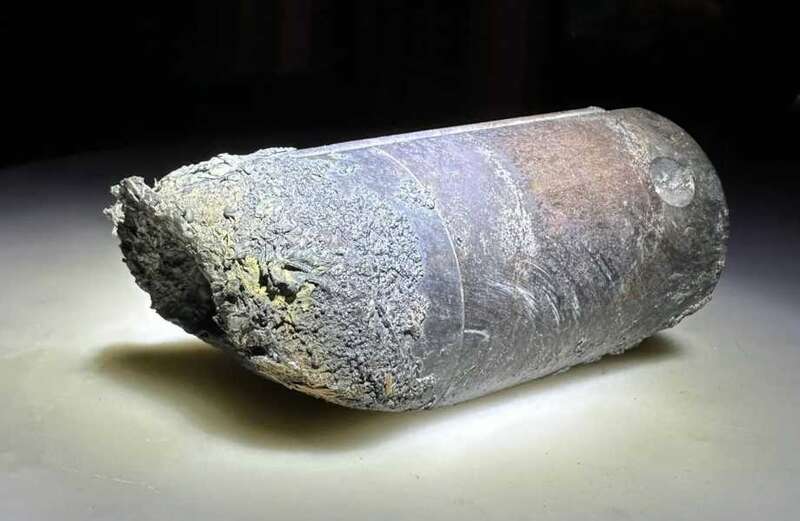THE Florida family whose house was hit by Nasa's reckless debris are suing the multi-billion dollar space program for $80,000 in damages.
A mysterious object pummelled through Alejandro Otero's home earlier this year, closely missing his son Daniel as he slept.



The death trap cylinder was moving at such speed it formed clean holes in the family's roof and flooring - with Daniel only two rooms over.
Alejandro took to X, formerly Twitter, after the incident saying: "[It] tore through the roof and went through two floors. Almost hit my son."
Following the event the object was taken to the Kennedy Space Center in Cape Canaveral for analysis.
 Andrew Tate 'tried to lure ex-Playboy model to Romanian lair' before his arrest
Andrew Tate 'tried to lure ex-Playboy model to Romanian lair' before his arrest
Confirming the family's suspicions, the object was established as being a slab from an ISS cargo pallet in April.
The debris had been released by the International Space Station a whopping three years before hitting the family's home.
Nasa presumed the cylinder, along with others, would burn up on entry into Earth's atmosphere but the piece miraculously survived.
Now the family is claiming $80,000 for non-insured property, business interruption, emotional and mental anguish and the cost of assistance form third-party agencies.
In a statement, Attorney Mica Nguyen Worthy, the family's lawyer, said: "They are grateful that no one sustained physical injuries from this incident, but a 'near miss' situation such as this could have been catastrophic.
"If the debris had hit a few feet in another direction, there could have been series injury or a fatality."
The bizarre event also raised alarm bells on other space debris floating around in the atmosphere.
Scientists have previously warned about how space debris in low Earth is increasing which could result in disastrous collisions.
Ms Worthy went on to say how this incident is a real-life example that space debris is a "real serious issue because of the increase in space traffic in recent years."
But a Japanese space team revealed earlier this year their plan to use powerful lasers to blast junk out of space.
 Inside US's most remote town 2.4 miles from Russia where only 77 people live
Inside US's most remote town 2.4 miles from Russia where only 77 people live
SKY Perfect JSAT Corp have spent the past few years developing the world's first lasers to help with the increasing junk in Earth's atmosphere.
The new strategy, dubbed Orbital Lasers, have said their laser beams will have the ability to vaporise part of the surface of space junk.
They claim that the project is the safest way to deal with debris in avoiding physical contact with other objects.
The company say the first lasers will be ready for sale in 2025.
In a statement, Orbital Lasers said: "The issue of space debris is now regarded as an environmental problem as significant as global warming and marine plastic pollution.
"Orbital Lasers are earnestly addressing this concern and aiming to contribute to the improvement of a sustainable space environment."





































